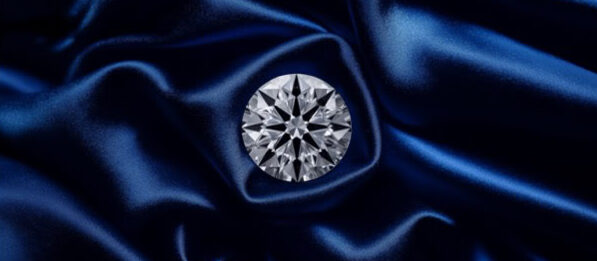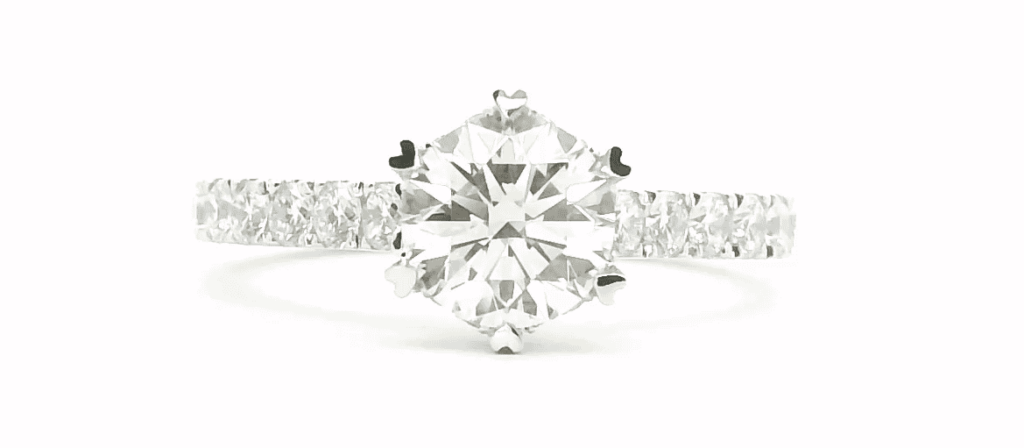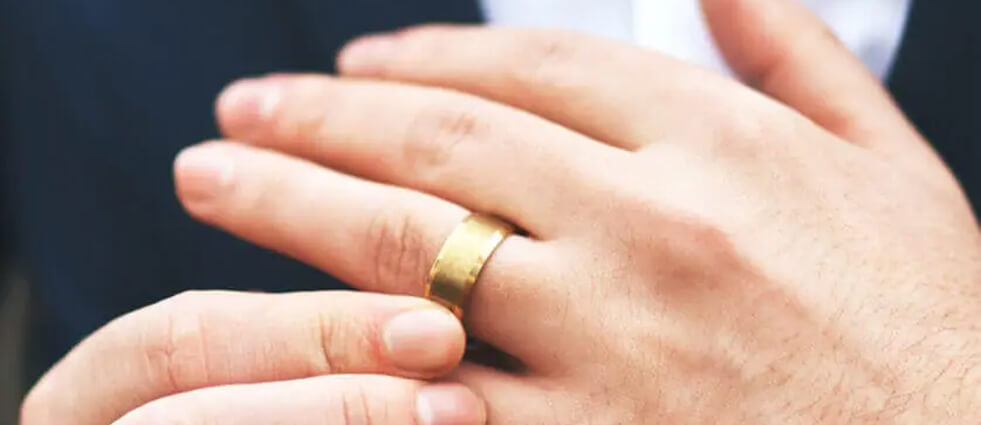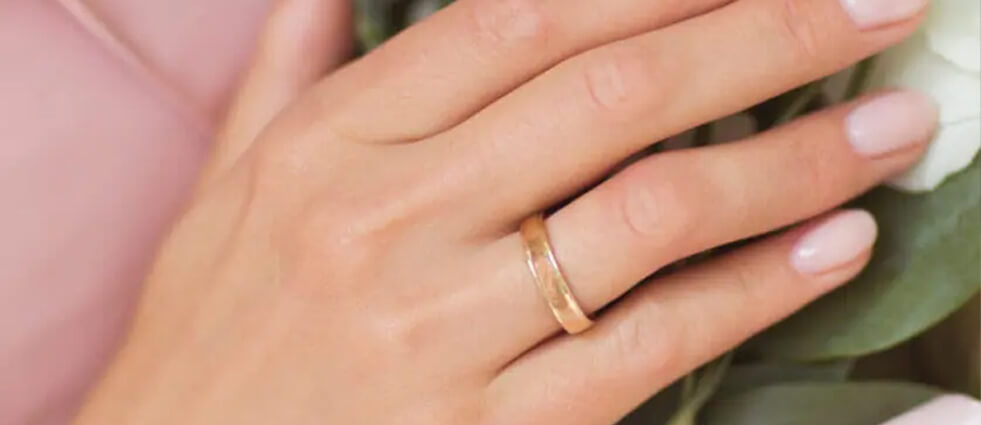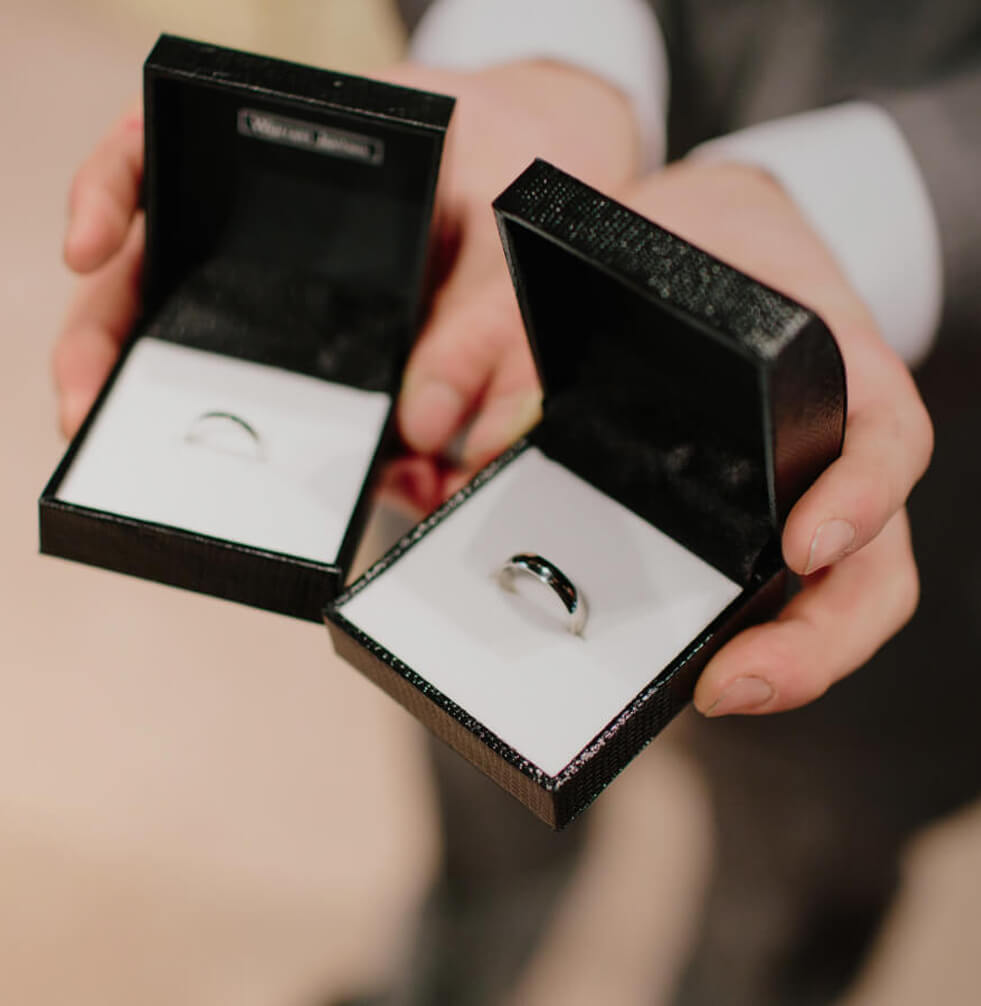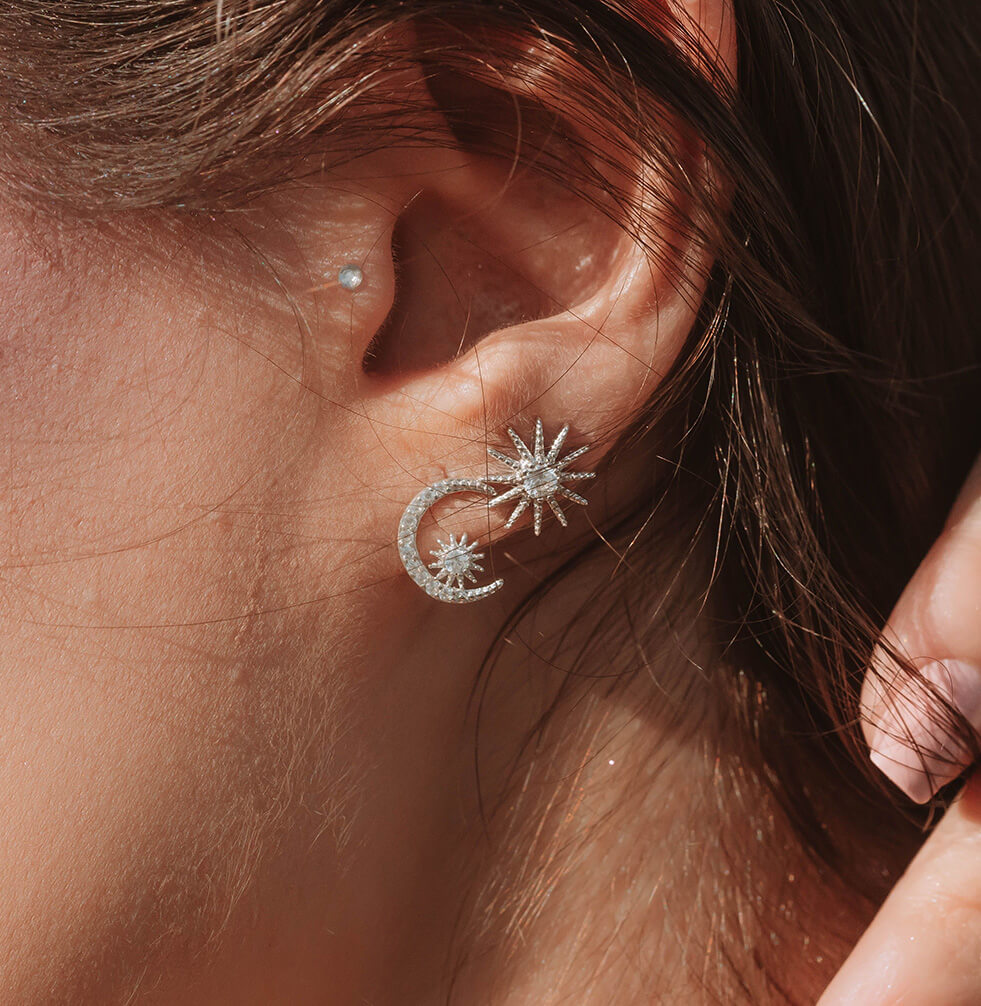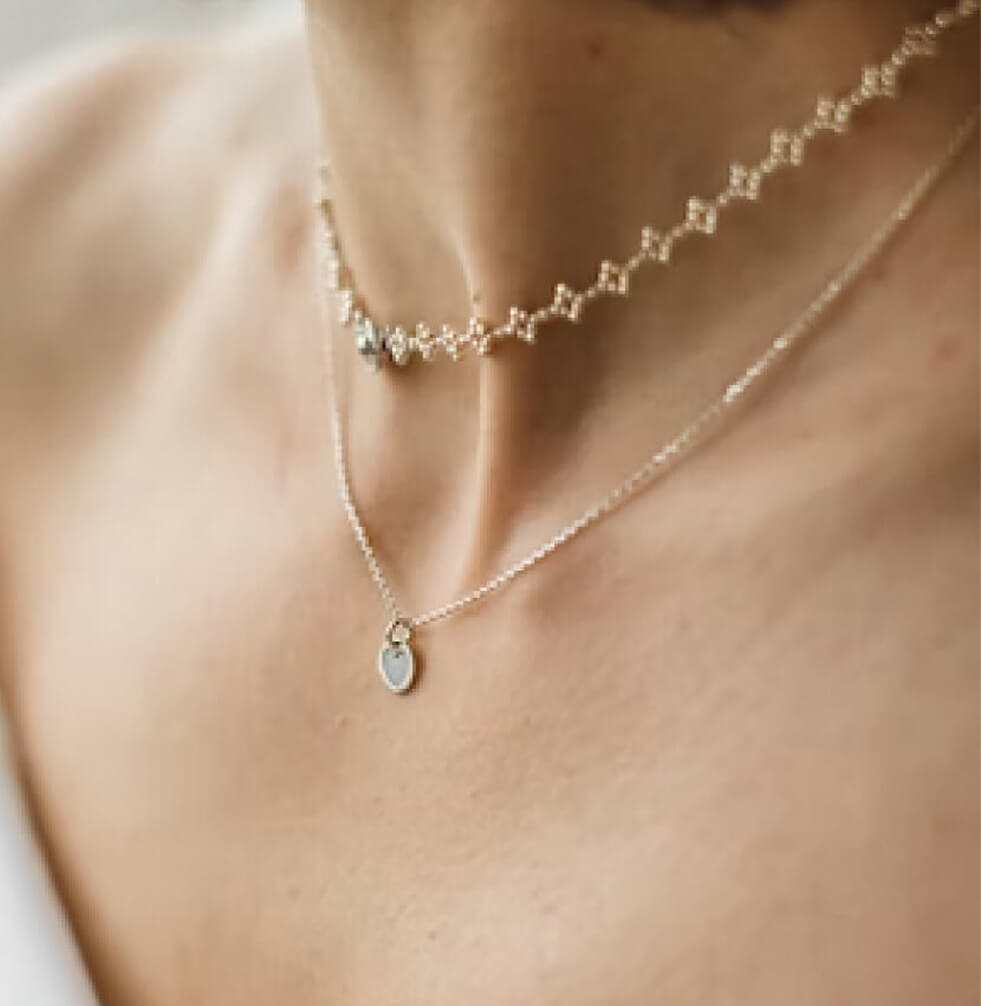Ring Prongs: Finding the Perfect Setting
Introduction to Prongs: The Guardians of Your Diamond
When it comes to engagement rings, the focus often lands on the diamond itself. But have you ever paused to consider the essential role of prongs? These seemingly small elements are crucial for securely holding your diamond in place while allowing it to shine brilliantly. Not only do prongs ensure the stability of your precious gem, but they also contribute to the ring’s overall design aesthetic. Have a look at our 4 heart prongs here!
As you embark on the journey of selecting your perfect engagement ring, understanding prongs will empower you to make informed choices that reflect your style and ensure the safety of your diamond. Let’s dive deeper into the world of prongs and discover how they can elevate your ring’s beauty.
What Are Prongs and Why Are They Important?
Prongs are the small metal claws that hold a diamond or gemstone in place on a ring. They are pivotal for maintaining the integrity and security of the diamond, ensuring it stays in its rightful place. While they serve a practical purpose, prongs also play a significant role in showcasing your diamond’s brilliance.
The choice of prongs can influence both diamond stability and the overall look of your ring. For example, a classic four-prong setting allows maximum light to enter the diamond, enhancing its sparkle. On the other hand, a six-prong setting provides added security, making it ideal for larger stones.
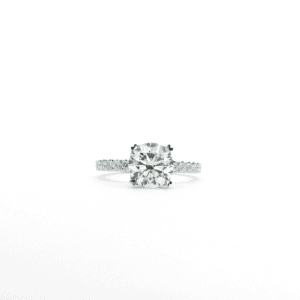
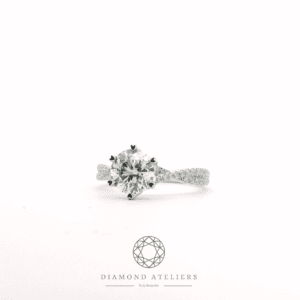
Understanding the interplay between prongs and your diamond’s cut can lead to a more tailored choice that harmonises with your vision. Explore more about how prongs fit into the broader picture of crafting the perfect engagement ring in our Our Guide to Crafting the Perfect Engagement Ring.
Types of Prong Settings: Finding the Perfect Fit for Your Diamond
When it comes to prong settings, there’s a wide variety to choose from, each offering unique benefits and styles. Here are some popular options:
- 4-Prong Setting: A classic choice that maximises visibility and minimises distraction. This setting allows light to penetrate the diamond from all angles, enhancing its brilliance. Discover more about the allure of a 4-prong round-head diamond ring.
- 6-Prong Setting: This option adds extra security, often favoured for larger stones or higher-carat diamonds. The six prongs create a delicate, floral-like appearance while ensuring that the diamond is held securely in place. Learn about this elegant setting here.
- Double Prong Setting: For those seeking a unique look, a double prong setting can add extra security while offering a distinctive design element. The additional prongs create a beautiful and secure cradle for your diamond, ensuring it stays safe.
- Claw Prong Setting: Characterised by its sharp edges, the claw prong setting combines elegance with a contemporary twist. This setting allows maximum light to reach the diamond while showcasing its brilliance.
- V-Shaped Prongs: Ideal for heart or pear-shaped diamonds, V-shaped prongs add a modern flair while providing edge protection.
- Heart-Shaped Prongs: Infuse romance into your engagement ring with heart-shaped prongs, creating a delicate yet meaningful detail. Discover the magic of this enchanting setting.
Choosing the right prong setting not only enhances the appearance of your diamond but also reflects your personal style. For more insights into how different settings can complement various diamond cuts, refer to our Ring Settings and Customization Guide.
Prong Materials: Balancing Strength and Aesthetics
The material used for prongs plays a vital role in both durability and aesthetics. Common choices include platinum, yellow gold, rose gold, and white gold. Each metal has unique properties that influence the overall look and feel of the ring.
- Platinum: Known for its durability and hypoallergenic properties, platinum is a popular choice for prongs. It provides long-term security for your diamond and complements the brilliance of the stone beautifully.
- Gold: Yellow, rose, and white gold offer varying degrees of softness and design flexibility. Softer metals can be more easily shaped into intricate designs but may require more frequent maintenance to keep the prongs secure.
To better understand how the number of prongs can affect both the security and appearance of your ring, take a look at our detailed guide on choosing the right number of prongs for your engagement ring.
Choosing the right metal for your prongs is essential to achieving both durability and beauty. At Diamond Atelier, we work directly with our manufacturer to provide you with unparalleled customization options, ensuring that your ring meets your aesthetic desires while keeping costs low. Explore how we maintain quality without compromising on personalization in our article on Affordable Custom Engagement Rings.
Customising Prongs: Creating a Unique and Personal Ring
Customization is at the heart of the Diamond Atelier experience. When it comes to prong shapes, you have several options to choose from, including rounded, square, claw, V-shaped, and heart-shaped prongs. Each shape not only impacts the overall look but also how the diamond is perceived.
Additionally, prongs can be personalised to fit your style. Consider incorporating pavé prongs for added sparkle, or opt for asymmetrical prongs for a modern twist. Customising prongs allows you to express your individuality while ensuring that every detail of your ring is a reflection of your love story.
Prongs and Diamond Security: What You Need to Know
The security of your diamond hinges significantly on the prongs you choose. Different settings, such as four, six, and double prong arrangements, each offer varying levels of protection for your stone.
Prong wear can occur over time, which can compromise the stability of your diamond. Regular maintenance, such as having your prongs checked by a professional, is essential to ensure the long-term safety of your investment. Remember that the stability of your diamond is not just about the number of prongs but also about the quality of craftsmanship behind your ring.
Prongs and Ring Style: Striking the Right Balance
The style of prongs can significantly influence the overall aesthetic of your engagement ring. Whether you’re aiming for a minimalist look or a bold statement piece, the size and design of your prongs matter.
For instance, a high-profile setting elevates the diamond, allowing it to capture light brilliantly, while a low-profile setting keeps the diamond closer to the finger, offering subtle elegance. Understanding how prong style integrates with your band design is crucial for achieving a harmonious look.
High-Profile vs. Low-Profile Prong Settings: What’s Best for You?
When choosing between high-profile and low-profile prong settings, consider your lifestyle and personal preferences.
- High-Profile Settings: These settings elevate the diamond, maximising its visibility and brilliance. While this is perfect for those who want their stone to stand out, high-profile settings may require more careful wear to avoid snagging on clothing or other surfaces.
- Low-Profile Settings: Conversely, low-profile settings hold the diamond closer to the finger, providing a more discreet and comfortable option. This style is ideal for those with active lifestyles or who prefer a more understated elegance.
Understanding how prong height fits your lifestyle is crucial when selecting your dream engagement ring.
Prong Care and Maintenance: Keeping Your Ring Sparkling
Regular maintenance is key to ensuring that your prongs and the diamond they hold remain in excellent condition. Here are some tips for keeping your ring sparkling:
- Regular Inspections: Have your prongs checked regularly to ensure they are secure and free of damage.
- Gentle Cleaning: Use a soft cloth and mild soap to clean your ring, avoiding harsh chemicals that could wear down the metal over time.
- Signs of Wear: Be vigilant for signs of loose prongs or rough edges, as these could indicate the need for professional care.
Maintaining your ring’s integrity and beauty will ensure that it remains a cherished symbol of your love for years to come.
Prong Setting vs. Other Settings: Which is Right for You?
Choosing between prong settings and other types, such as bezel settings, involves understanding your priorities in terms of diamond security, aesthetics, and practicality.
- Prong Settings: These settings provide maximum visibility for the diamond, allowing light to penetrate from all angles. However, they may require more maintenance compared to bezel settings, which encase the diamond in metal for added security.
- Bezel Settings: Bezel settings provide a modern look while offering robust protection for the diamond, making them an excellent choice for those seeking both style and security.
Reflect on what matters most to you when selecting a setting, as it reflects your unique style and lifestyle.
Conclusion: Your Prongs, Your Style, Your Perfect Ring
In the world of engagement rings, prongs are more than just a functional element; they are integral to the overall design and security of your diamond. Choosing the right prongs ensures that your diamond is both beautifully showcased and securely held in place.
At Diamond Ateliers, we believe that every detail of your ring should reflect your love story. From prong selection to customization options, we are dedicated to helping you craft a ring that embodies your unique style.
Start your journey toward designing your perfect engagement ring with us today. Explore our stunning collection or contact our team to learn more about how we can help you create a bespoke piece that is truly yours.

